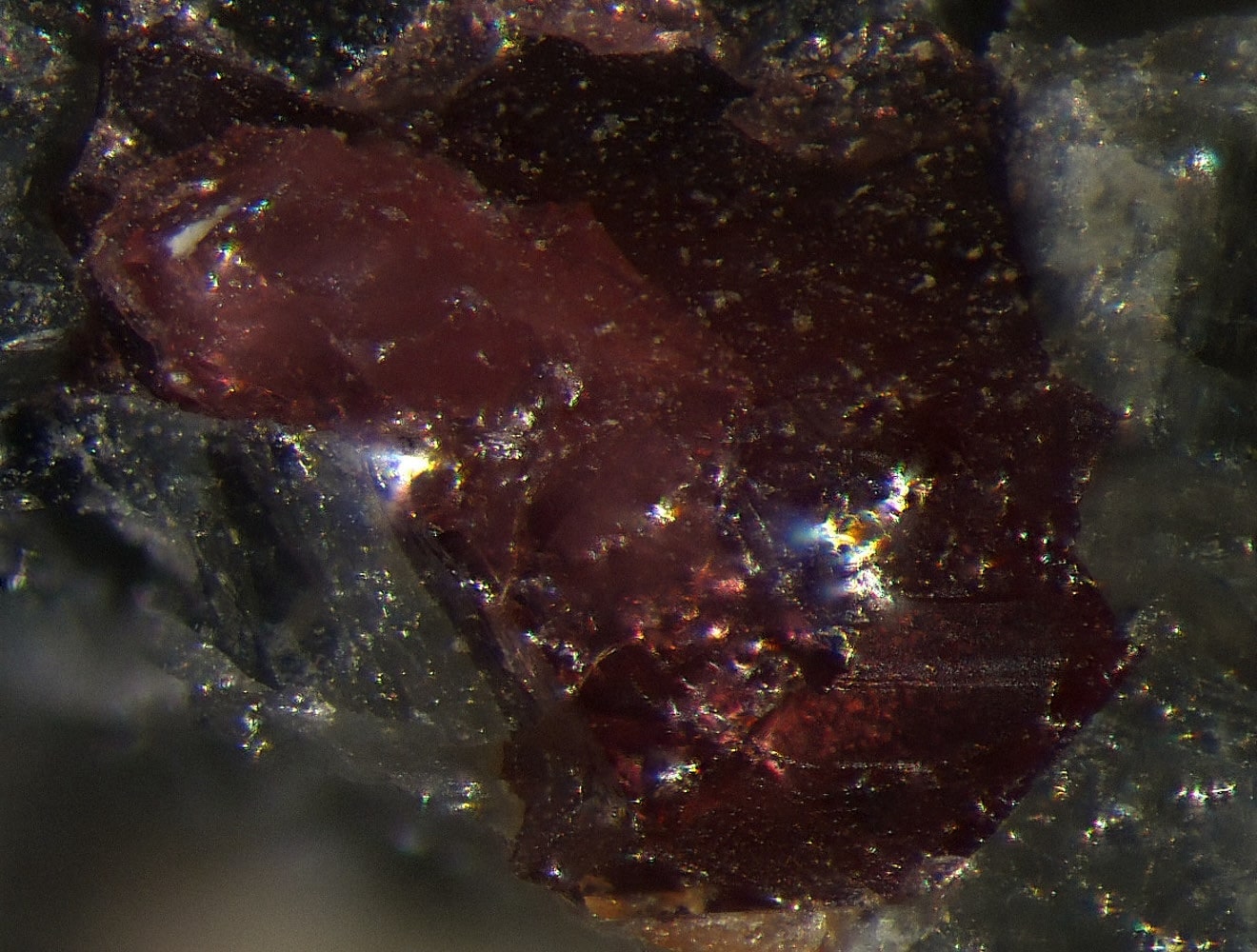
What is Fengchengite? Fengchengite is a rare mineral that was first discovered in the Fengcheng area of Liaoning Province, China. This unique mineral belongs to the eudialyte group, known for its complex chemical composition and striking colors. Why is Fengchengite special? Its rarity and intricate structure make it a subject of interest for mineralogists and collectors alike. Where can you find it? Besides its namesake location in China, Fengchengite has been found in a few other places around the world, though it remains scarce. How is it used? While not commonly used in everyday applications, Fengchengite is valuable for scientific research and as a collector's item. Want to know more? Keep reading to uncover 30 fascinating facts about this extraordinary mineral!
Key Takeaways:
- Fengchengite is a rare and intriguing mineral found in China. Its unique properties make it valuable for research and industry, with potential uses in nuclear reactors and material science.
- Named after Fengcheng city, Fengchengite's discovery has contributed to our understanding of alkaline igneous rock formations. Its association with other rare minerals adds to its intrigue.
What is Fengchengite?
Fengchengite is a rare mineral that has intrigued scientists and collectors alike. Found in specific geological settings, it offers a glimpse into the Earth's complex processes.
- Fengchengite was first discovered in Fengcheng, China, which is how it got its name.
- This mineral belongs to the eudialyte group, known for their complex chemical compositions.
- Fengchengite is primarily composed of sodium, calcium, zirconium, and silicon.
- It forms in alkaline igneous rocks, particularly in nepheline syenites.
- The mineral is often associated with other rare minerals like eudialyte and catapleiite.
Physical Characteristics of Fengchengite
Fengchengite's unique physical properties make it a subject of interest for mineralogists. Its appearance and structure are distinctive.
- Fengchengite typically appears as reddish-brown or yellowish crystals.
- It has a vitreous to greasy luster, making it visually appealing.
- The mineral has a Mohs hardness of 5 to 6, which means it is relatively hard.
- Fengchengite crystals are usually prismatic, forming elongated shapes.
- It has a specific gravity of about 3.0 to 3.2, indicating its density.
Chemical Composition and Structure
Understanding the chemical makeup of Fengchengite helps in identifying and studying it. Its complex structure is a marvel of natural chemistry.
- Fengchengite's chemical formula is Na4Ca2ZrSi6O17(OH,Cl)2.
- The mineral contains trace amounts of rare earth elements like cerium and yttrium.
- Its crystal structure is hexagonal, which is relatively rare among minerals.
- Fengchengite's complex structure includes channels that can host various ions.
- The presence of zirconium makes it a subject of interest for industrial applications.
Geological Formation
The formation of Fengchengite involves specific geological conditions. Its occurrence is limited to certain types of rocks and environments.
- Fengchengite forms in alkaline igneous rocks, which are rich in sodium and potassium.
- These rocks are typically found in rift zones, where the Earth's crust is being pulled apart.
- The mineral is often found in pegmatites, which are coarse-grained igneous rocks.
- Fengchengite can also occur in hydrothermal veins, where hot, mineral-rich water flows through cracks in rocks.
- Its formation requires a high concentration of volatile elements like chlorine and fluorine.
Uses and Applications
While not widely used, Fengchengite has potential applications in various fields. Its unique properties make it valuable for research and industry.
- Fengchengite is studied for its potential use in nuclear reactors due to its zirconium content.
- The mineral's complex structure makes it a subject of interest for crystallography studies.
- Collectors value Fengchengite for its rarity and aesthetic appeal.
- It can be used as a geological indicator to understand the conditions of rock formation.
- Fengchengite's unique properties make it a potential candidate for new material science research.
Interesting Facts About Fengchengite
Beyond its scientific importance, Fengchengite has some fascinating aspects that make it even more intriguing.
- Fengchengite is named after the city of Fengcheng, which means "Phoenix City" in Chinese.
- The mineral was discovered relatively recently, in the late 20th century.
- Fengchengite is often found in association with other rare minerals, making its discovery even more exciting.
- The mineral's name reflects its Chinese origin, highlighting the importance of regional geology.
- Fengchengite's discovery has contributed to the understanding of alkaline igneous rock formations.
Final Look at Fengchengite
Fengchengite, a rare mineral, has captured the interest of geologists and mineral enthusiasts alike. Found primarily in China, it boasts a unique chemical composition and crystal structure. This mineral's rarity makes it a prized specimen for collectors. Its discovery has provided valuable insights into geological processes and mineral formation.
Understanding fengchengite's properties and origins helps scientists piece together Earth's history. Its distinct features, like its color and crystal habits, set it apart from other minerals. While not widely known, fengchengite's significance in the scientific community can't be overstated.
For those fascinated by geology, fengchengite offers a glimpse into the complexities of our planet. Whether you're a seasoned collector or a curious newcomer, this mineral's story is worth exploring. Keep an eye out for fengchengite in mineral exhibits and scientific publications, as its journey continues to unfold.
Frequently Asked Questions
Was this page helpful?
Our commitment to delivering trustworthy and engaging content is at the heart of what we do. Each fact on our site is contributed by real users like you, bringing a wealth of diverse insights and information. To ensure the highest standards of accuracy and reliability, our dedicated editors meticulously review each submission. This process guarantees that the facts we share are not only fascinating but also credible. Trust in our commitment to quality and authenticity as you explore and learn with us.
